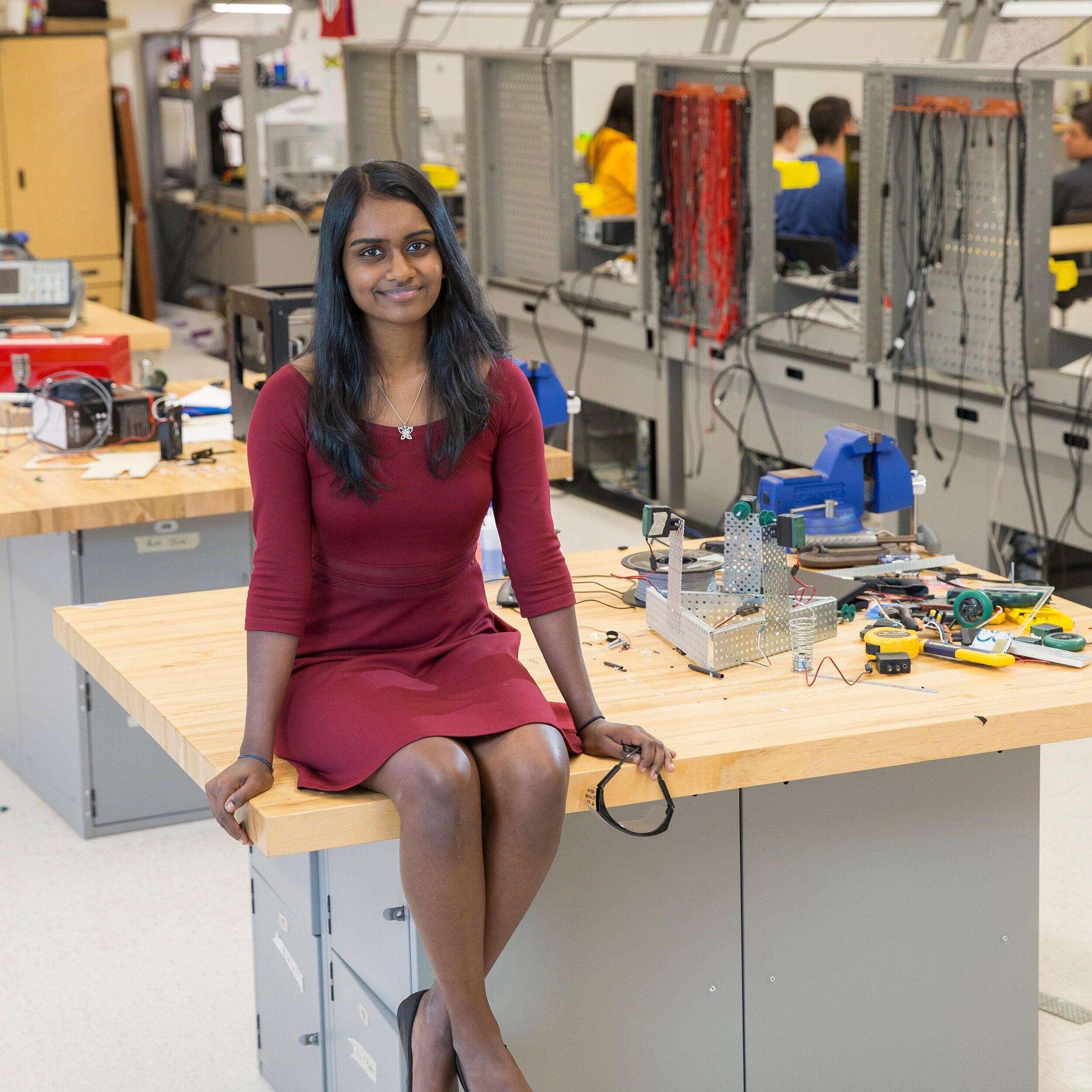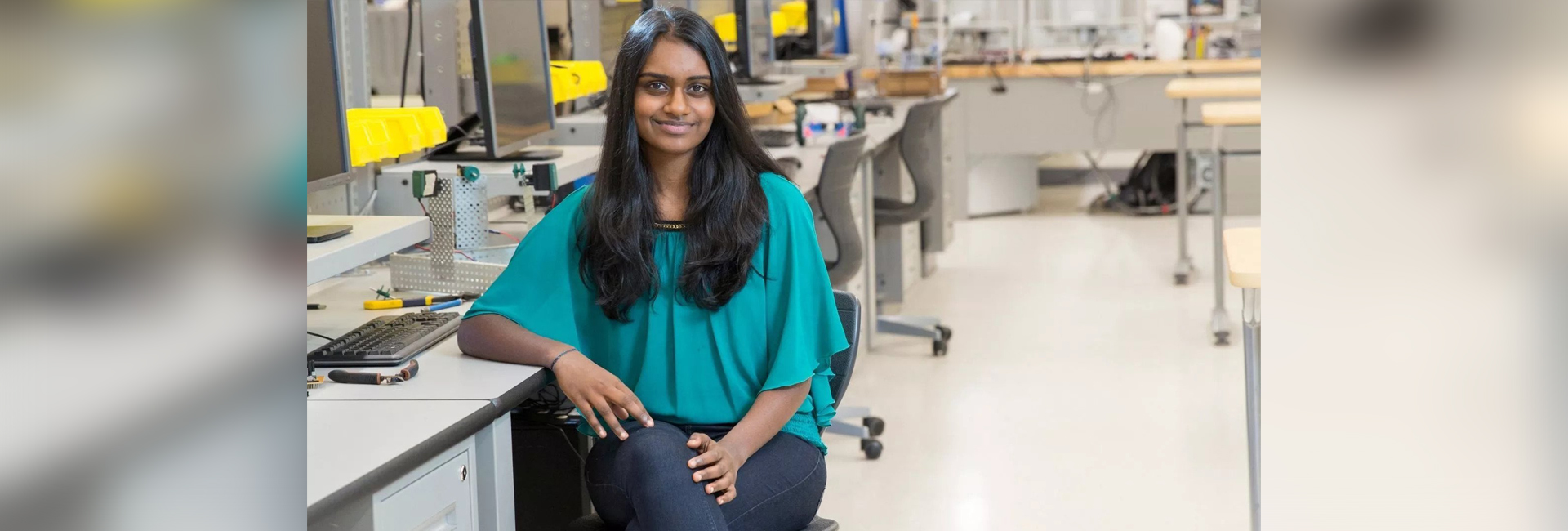(August 21, 2022) In the summer of 2017, while reading a story about the US Senator John McCain, who was then battling the aggressive brain cancer – glioblastoma, Virgina-based Kaavya Kopparapu stumbled upon some startling facts. A high school junior then, she was shocked to learn that the prognosis for glioblastoma hasn’t improved in 30 years, and the patients typically survive for only 11 months after the diagnosis. The disturbing reality led her into cancer research, wherein she found a disconnect – as most research was focussed on diagnosing and treating cancer, using the cancer’s genetic signature to find the most effective treatment was a territory less explored. “To me, that was really surprising because we know so much more about the brain now, and we have so many improved chemotherapy and surgery techniques. It blew my mind that, despite all of that, we haven’t gotten any better at improving patient quality of life and prognosis,” the innovator told Harvard Edu.
This led the Global Indian to invent GlioVision, a deep-learning computer system powered by artificial intelligence that predicts brain tumour characteristics in a matter of seconds, with 100 percent accuracy and in the cost of traditional methods. Talking about the innovation, she told Harvard Edu, “Around 40 percent of glioblastoma patients have a genetic mutation that renders the standard treatment completely ineffective. So, these patients receive all the negative side effects of chemotherapy without any of the benefits of the treatment. That shows why genetic testing is so important.”

Kavya Kopparapu
The innovation, which has been granted a patent, won her the 2018 Davidson Institute for Talent Development Scholar Laureate, 2018 Regeneron Science Talent Search Finalist, and 2018 US Presidential Scholar. Kavya, who also made it to TIME’s 25 Most Influential Teens of 2018, is currently a senior at Harvard University.
This love for science developed as early as middle school when Kavya saw two scientists performing an elephant toothpaste experiment at a science fair. “Basically, it’s when two chemicals are poured into a beaker together, and you get this giant column of foam that shoots up through the reaction. Seeing that as a sixth-grader, I was like, Woah, that’s cool. I want to do stuff like that as a job,” she told Seventeen. That was the beginning of her inning in the world of STEM, as the innovator fell in the love with engineering and understood how it could be used to impact people’s lives.
And she did exactly that when at age 16, she helped her grandfather, who was suffering from diabetic retinopathy, a complication of diabetes that damages blood vessels in the retina and can lead to complete loss of vision by making Eyeagnosis, a 3D printed smartphone app that recognises signs of diabetic retinopathy in photos of eyes and offer a preliminary diagnosis. She understood that timely diagnosis was important. “The lack of diagnosis is the biggest challenge. In India, there are programmes that send doctors into villages and slums, but there are a lot of patients and only so many ophthalmologists. What if there was a cheap, easy way for local clinicians to find new cases and refer them to a hospital?” the innovator told HerStory.
An alumnus of Thomas Jefferson High School for Science and Technology in Northern Virginia, Kavya also runs Girls Computing League, a non-profit dedicated to girls and low-income students’ access to advanced computer science topics to encourage more diversity in the tech field. “We’re really focused on teaching emerging technology to students across the world. We’re actually the first organisation to hold an artificial intelligence conference for high school students,” added the girl whose non-profit is now in 15 states of the US as well as in Japan. In the last few years, it has supported many initiatives including the biggest high school AI conference, coding clubs at schools, teacher professional development workshops and more. For the innovator, working for Girls Computing Code is the biggest achievement so far. “Being able to directly interface with the people that I’m impacting at our events has been amazing. They’re the whole reason that I do it.”

